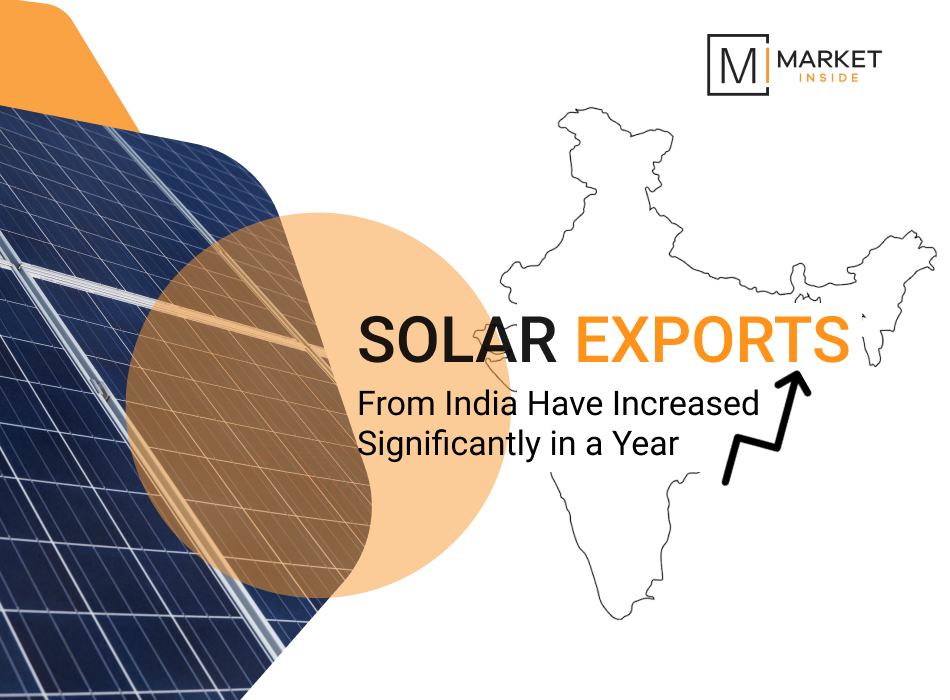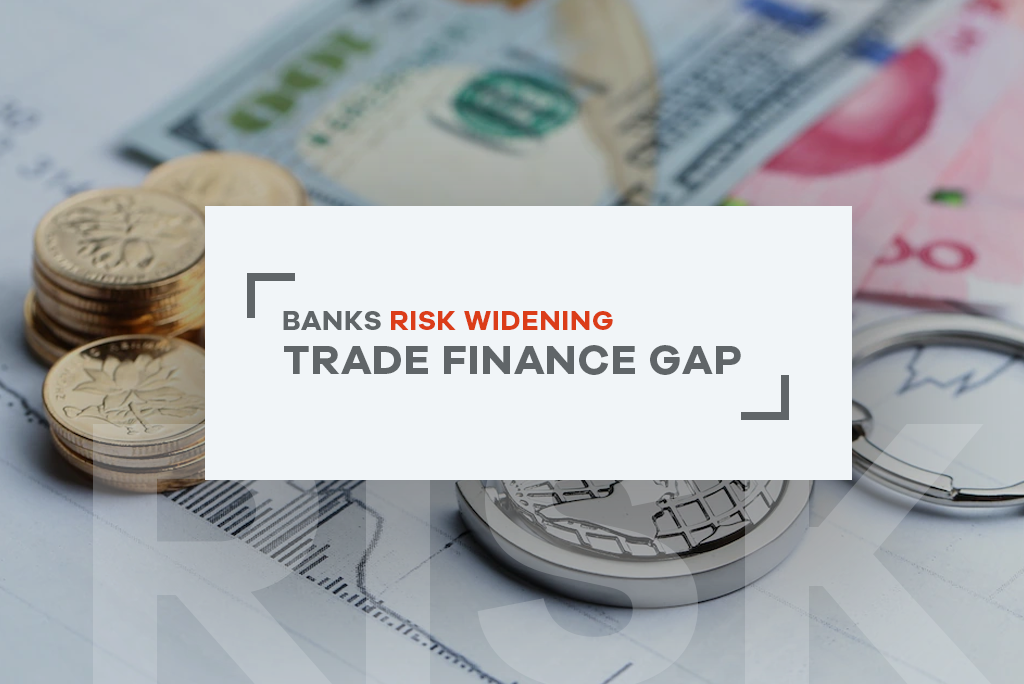The Asia-Pacific (APAC) region is at the global energy transformation crossroads. As the world’s fastest-growing energy consumer, APAC is shaping and being shaped by evolving dynamics in the oil markets. From surging demand in emerging economies to shifting trade flows, refining capacity expansions, and the growing push for energy security and sustainability, the region faces a complex mix of opportunities and challenges. This Market Inside report explores the key drivers influencing oil supply, demand, pricing, and policy in the region. It delves into the impact of geopolitical tensions, infrastructure developments, climate commitments, and technological innovation on the oil sector.
U.S. Introduces Port Fees to Curb China’s Grip on Global Shipping
The Donald Trump administration appears poised to impose new fees on Chinese-built ships that dock in US ports to slow China’s dominance of global shipping. According to reports, the US Trade Representative on Feb. 21 proposed charging up to $1.5 million per vessel entrance to US ports, as part of a Section 301 investigation of “China’s targeting of the maritime, logistics, and shipbuilding sectors for dominance.”
The United States of America is one of the largest exporters of crude oil. To meet its consumption, America also imports oil. In fact, the US is also one of the importers of crude oil. China is also among the list of top importers of crude oil. Here’s a chart to show data visualization of yearly trends of crude oil trade between the United States and China.

| Year | US Imports | US Exports | China Imports |
| 2020 | 81 | 49 | 178 |
| 2021 | 138 | 69 | 258 |
| 2022 | 204 | 117 | 365 |
| 2023 | 172 | 117 | 336 |
| 2024 | 174 | 118 | 324 |
*****Value USD Billion
Kazakhstan to Begin Trial Oil Shipments to Hungary Through Druzhba Pipeline
Kazakhstan will try new crude deliveries to Hungary through Russia’s Druzhba pipeline system in 2025, its energy ministry announced, after receiving Hungary’s foreign minister in Astana to discuss cooperation on oil and gas.
According to a report, a meeting between Kazakh energy minister Almasadam Satkaliyev and Hungary’s foreign minister Peter Szijjarto on Feb. 17 focused strongly on developing Kazakhstan’s Rozhkovskoye field, which state-owned KazMunaiGaz jointly operates with Hungarian refiner MOL and China.
At around 1.2 million mt/year, however, Kazakh exports through the pipeline system have remained low and have yet to flow through the southern branch of the system to Russia’s remaining consumers in Hungary, Slovakia, and the Czech Republic.

| Export Destination | Value USD Billion |
| World | 42 |
| Italy | 18 |
| Netherlands | 4 |
| France | 3 |
| Greece | 2 |
| Romania | 2 |
Indonesia Targets Energy Sovereignty with New Mega Refinery
Indonesia plans to build a new 500,000 b/d oil refinery in the country as part of its government’s ongoing efforts to reduce oil product import dependency and boost energy security.
According to a report, the planned refinery, which will process both domestic and imported crude, will be able to produce up to 531,500 b/d of products and is expected to cost $12.5 billion in investments.
The refinery is part of the government’s plan to accelerate the construction of 21 downstream projects worth $40 billion across the oil and gas, mining, agriculture and maritime industries.
How much crude oil does Indonesia import? Look!

| Import Source | Value USD Billion |
| World | 10 |
| Nigeria | 2 |
| Saudi Arabia | 2 |
| Angola | 1 |
| Gabon | 1 |
| Australia | 0.7 |
IEA: Trade Tensions Could Trigger Oil Demand Dip in 2025
The International Energy Agency sees new US tariffs dragging on global oil demand in 2025, it said March 13, warning that macroeconomic pressure could outweigh the stimulus effects of softer oil prices.
According to the IEA report, the global energy watchdog projected world oil supply to outstrip demand by 600,000 b/d in 2025, up 100,000 b/d from its previous forecast, without accounting for OPEC+ fully rolling back its voluntary production cuts beyond April this year.
The report singled out new tariffs imposed by the US as a particular risk for global oil demand. High-profile tariffs on Canada and Mexico are set to take effect April 1, while Chinese goods were made subject to new 20% tariffs in March, though uncertainty prevails over the longevity of “on-again off-again” measures.
The IEA left its global supply outlook for 2025 unchanged at 104.5 million b/d, maintaining a conservative estimate for OPEC+ supply injections. On March 3, the producers’ alliance announced plans to unwind 2.2 million b/d of voluntary production cuts from April 2025, promising to phase supplies back into the market until September 2026. However, the IEA continued to base its supply model on the assumption that voluntary cuts are kept in place after April. It continues to see non-OPEC+ production driving the bulk of supply growth in 2025, forecasting a 1.5 million b/d increase driven mostly by the Americas.
The Bottom Line
The Asia-Pacific oil market is entering a pivotal era—one marked by shifting consumption patterns, evolving geopolitical alliances, and intensifying pressure to align with global climate goals. As the region continues to drive global oil demand, its role in shaping the future of energy is undeniable.
Yet, challenges remain. Supply chain vulnerabilities, trade tensions, and policy uncertainties could disrupt growth trajectories. Meanwhile, the accelerating transition toward cleaner energy sources raises questions about the long-term viability of traditional oil strategies.
To stay ahead, stakeholders in the APAC oil ecosystem must remain agile, investing in infrastructure, embracing technological innovation, and adapting to a policy landscape that increasingly favors sustainability. Ultimately, the future of APAC’s oil markets will be defined not just by global forces but by the region’s ability to respond to them with resilience, clarity, and strategic vision.




